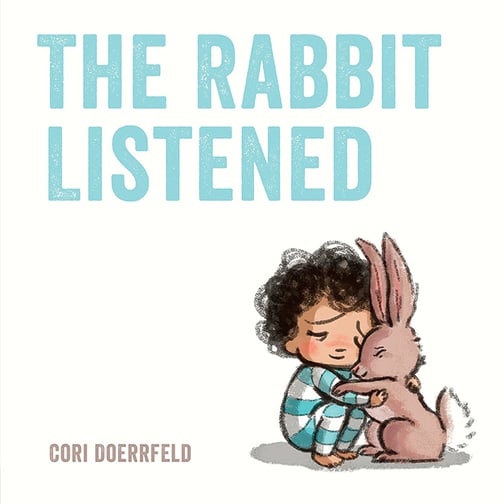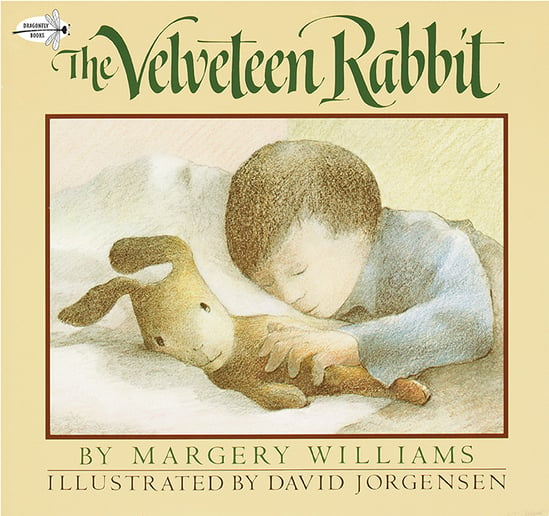 Written by: Emily Young // Mar 3, 2020
Written by: Emily Young // Mar 3, 2020
Last updated: Jan 17, 2023
Think back to your favorite childhood book. Maybe you cavorted with wild things. Maybe you befriended a bear of very little brain. Or maybe you listened to the wise words of the Lorax. The characters in your beloved picture books helped shape who you are today. But if you’re like most of us, those stories are now gathering dust in your parents’ basement. It’s time to change that.
The lessons in good children’s literature are just as important — if not more so — for our adult years. “A children’s story which is enjoyed only by children is a bad children’s story,” says C.S. Lewis, the author of the popular children’s series The Chronicles of Narnia. “The good ones last.”
We’ve compiled a list of timeless children’s books (some old, some new) that offers six lasting life and leadership lessons. Let’s dive in.
6. Where the Wild Things Are by Maurice Sendak
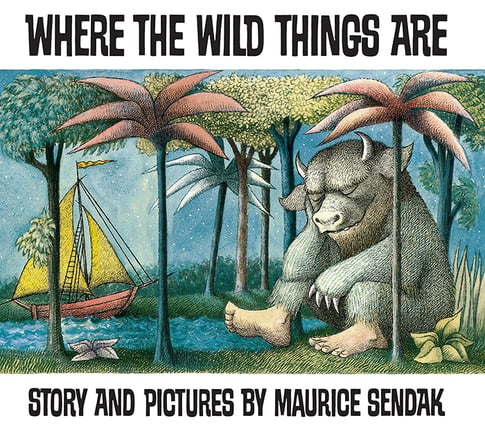
The story:
Sent to his room without supper, young Max escapes to an imaginary world where he becomes king of the monsters.
The lesson:
“Reaching the kids is important, but secondary,” said Maurice Sendak. “First, always, I have to reach and keep hold of the child in me.”
Rereading Where the Wild Things Are compels us to “keep hold” of our inner child. Like young Max, we once possessed the creative power to transform the ordinary into the sublime. Max imagines his bedroom as a forest, a turquoise sea, a moonlit dreamscape populated by toothy monsters. When was the last time we gave our imagination such free rein?
It’s easy to believe that the adult world requires us to leave our playfulness behind. No more cavorting! No frolicking! No daydreaming! But the truth is, great leaders carry their creative power into the professional sphere. In fact, creativity is “the top leadership competency for enterprises,” according to this Harvard Business Review article. We just need to reclaim it.
A psychoanalytic interpretation calls Where the Wild Things Are “a testament to the power of the unconscious mind in both children and adults.” Why not use your unconscious mind to harness your creativity?
Take note of your dreams and fantasies, suggests this New York Times article: “Those before-bed mind wanderings you are having are just as valid a force of imagination as the ones had by the world’s greatest artists: They are your natural impulses, the things that make you who you are, and are your inner creator speaking out.”
With your inner creator unleashed, tackle your work projects with out-of-the-box ideas. Give yourself permission to experiment, to think freely, and to rejoin the wild rumpus.
5. The Wolf, the Duck, and the Mouse, written by Mac Barnett and illustrated by Jon Klassen
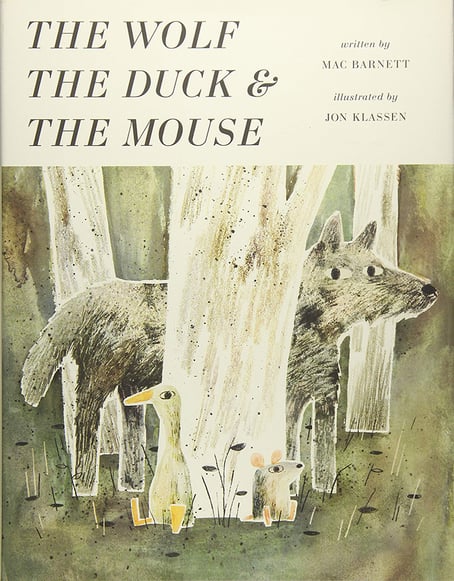
The Wolf, Duck, Mouse: Candlewick Press
The story:
In this provocative, playful picture book published in 2017, a mouse discovers that adaptability is key to survival.
The lesson:
Being swallowed by a wolf is the worst thing that could happen to a mouse. Or is it?
After he slides into the wolf’s belly, the mouse realizes he’s not alone. A duck has furnished a cozy home — complete with a record player and candles — in the predator’s insides. The duck declares, “I live well! I may have been swallowed, but I have no intention of being eaten.” (Seriously, make this into an inspirational poster in your cubicle.)
Sharp-toothed predators aren’t limited to the animal kingdom. What happens when your dreams are shredded by a corporate merger? How will you react when a competitor sabotages your project? The duck thrives because he is resilient. So can you.
If you find yourself in the bowels of despair, the American Psychological Association offers these tips for greater resiliency:
- Surround yourself with support (i.e., find a duck friend to help you through the belly of the wolf.)
- Practice self-care such as exercise and meditation.
- Keep your thoughts healthy: “Try visualizing what you want, rather than worrying about what you fear.”
- Take a small step toward your goals.
- Talk to a mental health professional.
4. The Rabbit Listened by Cori Doerrfeld
The story:
Cori Doerrfeld wrote this picture book after her friends lost their child. The Rabbit Listened distills the concept of loss into a kid-friendly format, but adults will recognize that this story is about much more than a toppled block tower.
The lesson:
The protagonist of The Rabbit Listened is Taylor, a curly-haired child who builds a special block tower. When Taylor’s block tower is destroyed, grief swallows the narrative. A parade of well-meaning animals marches through the pages, saying all the wrong things: They chatter and growl and spout platitudes and keep a safe distance from the all-consuming loss.
Finally, a rabbit comes to sit beside Taylor. It doesn’t say anything to make itself feel better. It doesn’t distance itself from the hurt. In the words of Brené Brown’s TED Talk, the rabbit feels with Taylor.
When you see a team member or employee who needs help, follow the rabbit’s example: Practice empathy, even if that means feeling the painful emotion yourself.
3. The Complete Tales of Winnie-the-Pooh by A.A. Milne, with decorations by Ernest H. Shephard
The Complete Tales of Winnie-the-Pooh: Dutton Books for Young Readers
The Complete Tales of Winnie-the-Pooh: Dutton Books for Young Readers
The story:
In Chapter 6 (“In Which Eeyore Has a Birthday and Gets Two Presents”), Eeyore’s friends forget his special day. When he reminds them, they scramble to find last-minute presents that end in disaster: Pooh eats Eeyore’s birthday gift (a jar of honey), and Piglet squashes the only balloon.
The lesson:
Eeyore, the shabby gray donkey who sometimes loses his own tail, is the personification of pessimism. Glancing at his reflection, he dubs it “Pathetic.” His constant patter of negativity trails off into a vague sense of gloom: “We can’t all, and some of us don’t. That’s all there is to it.” Eeyore separates the world into those who are happy and those who aren’t, and he places himself squarely in the second camp. His birthday is no exception.
We have all been Eeyore. But his pessimistic outlook changes in this story, and so can ours:
- Become aware of “thinking errors.” Are you always catastrophizing? If you pay attention to how your mind works, you can start to change it for the better.
- Seek support. It’s only when Eeyore is surrounded by his friends (as imperfect as they are) that he begins to change his thought patterns.
- Practice positive thinking. If Eeyore can do it, so can you. Instead of moaning about how terrible his birthday presents are, Eeyore realizes that Piglet’s deflated balloon can fit inside Pooh’s empty honey jar, and he becomes “as happy as could be.”
2. The Velveteen Rabbit by Margery Williams, illustrated by William Nicholson
The story:
Published in 1922, this classic children’s fable chronicles a toy rabbit’s journey to becoming Real.
The lesson:
“Generally, by the time you are Real, most of your hair has been loved off, and your eyes drop out and you get loose in the joints and very shabby. But these things don’t matter at all, because once you are Real you can’t be ugly, except to people who don’t understand.”
The message of The Velveteen Rabbit is delivered by an ancient toy Skin Horse who serves as the Rabbit’s mentor. Instead of hiding behind a polished exterior like the mechanical toys, the Skin Horse embraces what makes him Real (bald patches and all).
Like the Skin Horse, good leaders allow themselves to be vulnerable, as this Harvard Business Review article explains. They know that authenticity, not the illusion of perfection, leads them to stronger emotional connections with employees. And through this Realness, they open opportunities for genuine conversations, displays of empathy, and transformational growth in their team.
1. The Lorax by Dr. Seuss
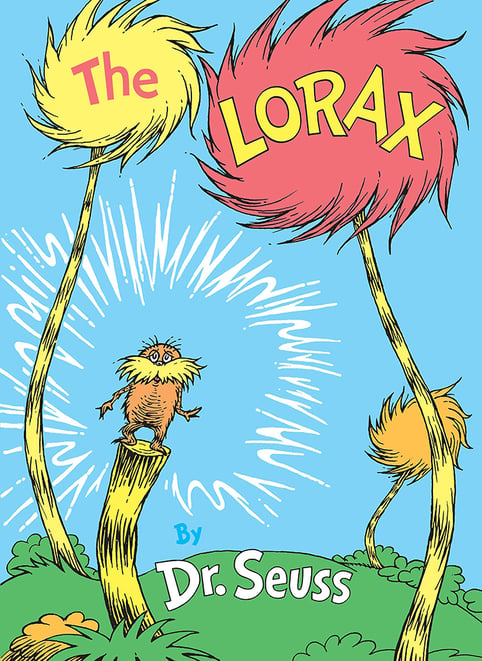
The Lorax: Random House Books for Young Readers
The story:
A boy in a post-apocalyptic landscape knocks on the door of the Once-ler, who relates how his business ventures destroyed the environment long ago.
The lesson:
As children, we related to the curious young protagonist who asks the Once-ler how the world was destroyed. As adults, it’s disconcertingly easy to see ourselves as the ones who destroyed it. (Even if we aren’t literally chopping down the trees, aren’t we buying the products? Haven’t we all fallen for advertising that sells useless Thneeds?)
The tree that may have served as inspiration for The Lorax died in 2019. And the book’s message has never been more timely: We cannot sell our children’s future for the sake of profit. If you are a leader, embrace sustainability in your organization. (What the Once-ler didn’t realize, and what we often forget, is that smart sustainability will actually save us money long-term.) If you are a consumer, try to reduce your footprint, and don’t buy those Thneeds. We may be able to save the Truffula Trees yet.
Take the Next Step
Children’s literature is unique because it helps adults rediscover “things we may not even know we have lost,” says author Katherine Rundell in this Guardian article. If reading this post helped you rediscover a valuable life lesson, we want to help you take the next step toward unleashing your potential. Explore professional development programs through USF’s Office of Corporate Training and Professional Education, or contact us at 813-974-0950.
